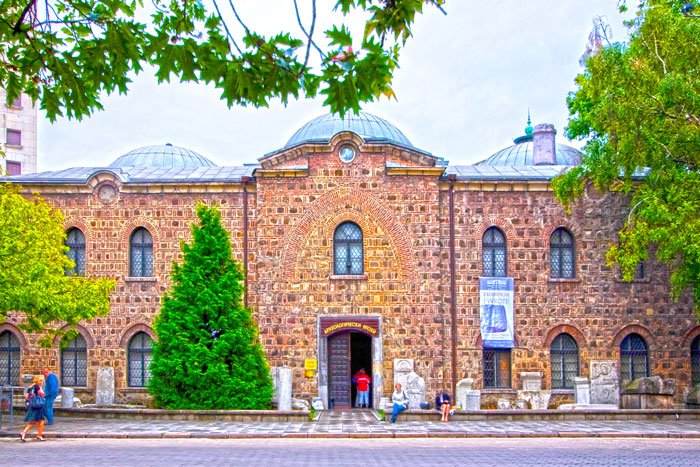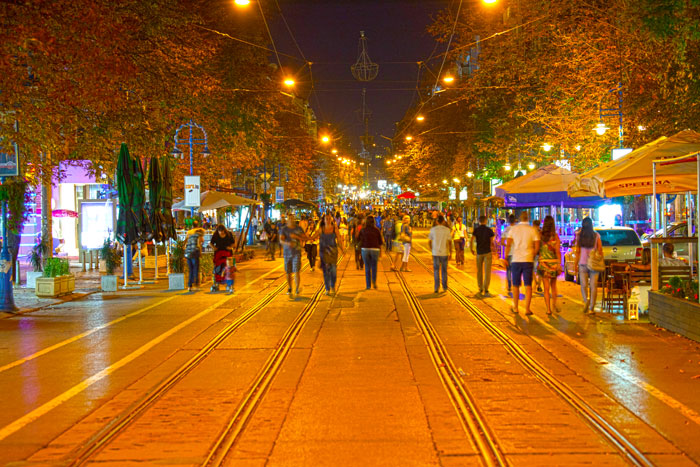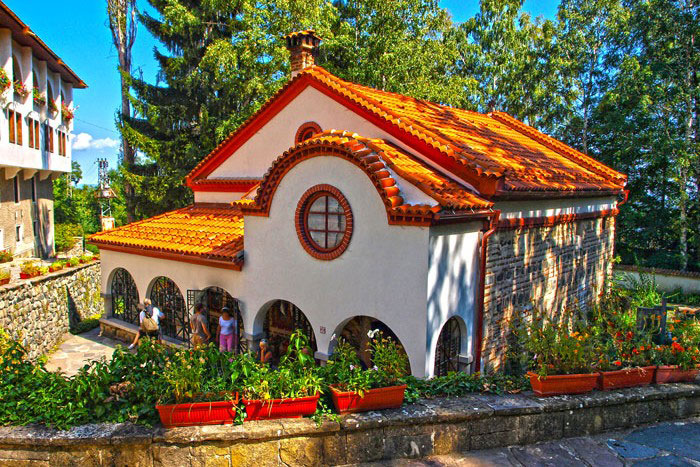Daily tour Sofia -The rich ethnic and cultural mix of Bulgaria
Daily tour Sofia – Evidence of Bulgaria’s rich history can be seen almost everywhere in Bulgaria. Still, we not always can travel and the National Archaeological Museum in Sofia can be a very good start.
The National Institute of Archaeology of Bulgaria was settled in the former Ottoman Mosque ‘Buyuk Camii’ which was the biggest of its kind. Around 1474 Sultan Mehmet II ordered the construction of the mosque. It is undoubtedly one of the most interesting and charming museums in Sofia.
The museum was officially opened for visitors on 18 May 1905 and with the order of Prince Ferdinad I; all the archaeological objects have been moved to the museum with the control of the Minister of Enlightenment; Ivan Shishmanov.
Despite the high moisture level of the building in the summer and the difficulty to preserve the items in good condition, we couldn’t imagine any better place to exhibit them. The setting in the white, airy 9-domed former mosque is ideal for displaying the country’s ancient treasures. The building is historical and all archaeological things are waiting for you to discover them in your daily tour Sofia.
After World War II a series of archaeological expeditions in Bulgaria were started. Due to these studies on a number of sites from the Paleolithic to the early Middle Ages, many more objects were added to the museum collection.
Daily tour Sofia – Walking through history
The northern wing of the first floor is Prehistory Hall. It displays chronologically a collection of items dating from between 1,600,000 BC and 1,600 BC. We can see many early human tools from various caves as well as drawings, simple pottery, ritual items.
The eastern wing of the first floor displays grave inventory and other treasures from the late Bronze Age to late Antiquity. Two of the most well-known Bulgarian treasures are located here: the Valchitran and Lukovit Treasures.
As Thracians and their life had been a big part of Bulgarian history; many exponents are related to the flourishing of Thrace in the 5th – 3rd century and the Odrysian Kingdom.




